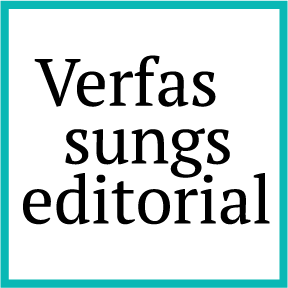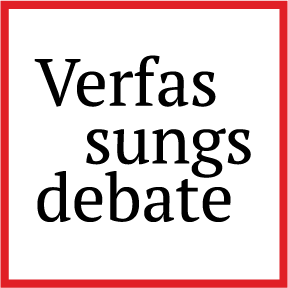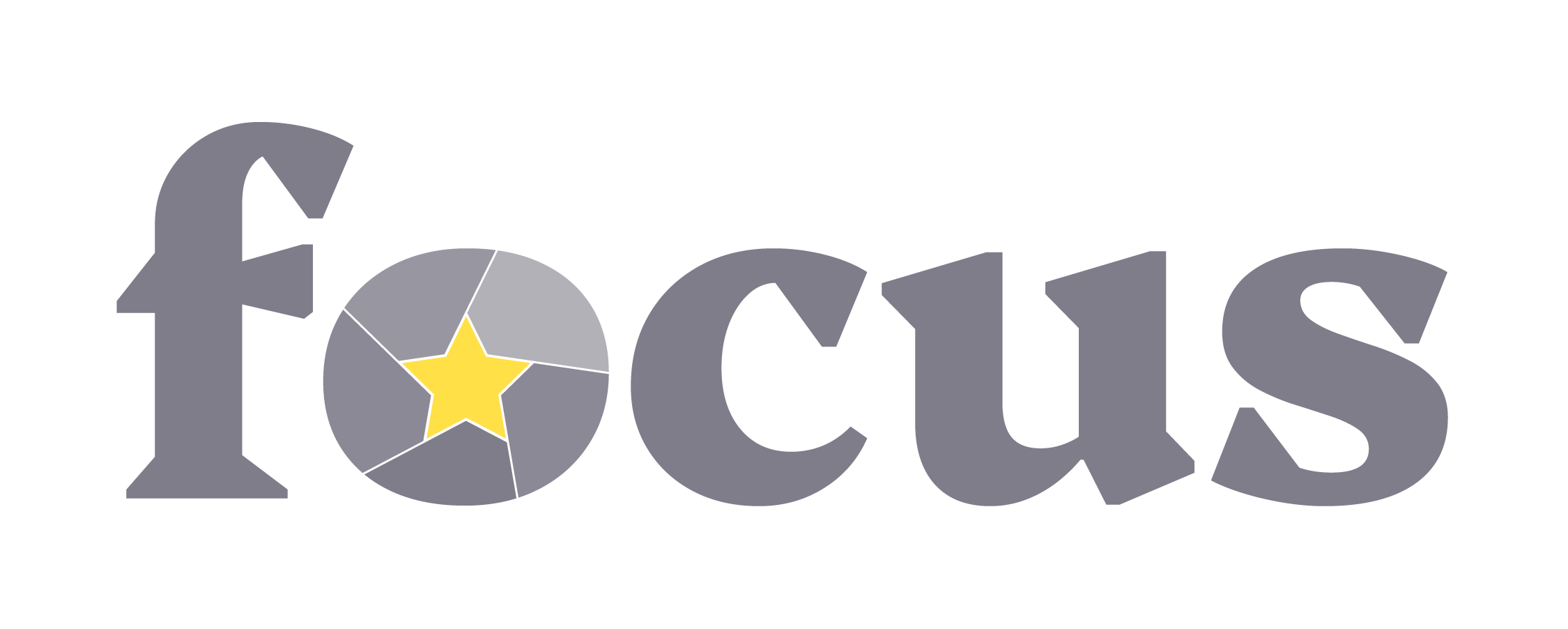The “Best Available Science”
Scientific Pluralism and What it Means for the Charta
The “best available science” standard is a feature of environmental decision-making, sitting at the interface between science, law, policy and conservation. However, two recent high-profile disputes over fisheries closures — one in the UK, the other in South Africa – illustrate that the “best” science is not always discernible, that there is no singular science, and that conservation and resource management decisions do not simply apply scientific “facts”. Rather, the scientific material accessed and used by decision-makers is entangled with multiple sciences, “truths”, power-plays and uncertainties. Science, in other words, is far from a “black box” as Bruno Latour famously argued decades ago.
This blog explores how the “Sandeel case” before the Permanent Court of Arbitration (PCA) (previously discussed on this blog) and the “Penguin case” before the High Court of South Africa, fractured the scientific black box – only to reassemble “the science” in ways that preserved certainty, deference to decision-making, and the authority of the expert. These cases could have important implications for the future application of the EU’s Charter of Fundamental Rights and its growing relevance for biodiversity and animal protection.
“Best available science”
The best available science standard is well-established in international and domestic law from the United Nations Convention on the Law of the Sea (UNCLOS) to South Africa’s Marine Living Resources Act, 18 of 1998, the UK Fisheries Act, 2020 and the EU’s Common Fisheries Policy.
Courts and tribunals have long treated “science” as a unitary object or, in Latour’s terminology, a “black box”: impenetrable to non-scientists and accepted as “fact”. However, as Latour argued, considerable work goes into “black box” thinking and there are multiple disagreements within and between scientific communities. These contestations were clearly visible in the scientific disputes over sandeel and sardine/anchovy closures, where remarkably similar patterns emerged between those advocating for biodiversity-driven closures and those resisting fishing restrictions.
Deconstructing the black box
In the Sandeel case, the EU challenged the UK’s sandeel closures on three main grounds. I will only discuss the first of them here: the claim that the UK’s measures were not “based” on the “best available scientific advice” as required by Articles 496(1) and (2) read with Article 494(3)(c) of the Trade and Cooperation Agreement (TCA). The EU argued that the modelling produced by the UK’s conservation agencies (Natural England, Cefas and JNCC) was the sole justification for total closures; not the best available science; and the measure thus breached the UK’s obligations. The Tribunal disagreed.
Forced by these arguments to open the scientific “black box”, the Tribunal systematically placed the messiness of scientific argument into the ordered parameters of law’s “truth machine”: clarifying the legal standard; applying the law to the facts; and conducting a means-ends analysis to determine whether there was an “objective relationship” between “the science” and “the decision”.
The best available scientific advice
Absent a specific TCA definition, the EU argued that the ordinary meaning of the treaty text, its context and UNCLOS, FAO and trade law interpretations, meant that “best available scientific advice” should reflect fisheries science practice: data-rich, model-based, and capable of producing objectively verifiable conclusions (PCA para 189). Article 494(3)(c) supported this interpretation by prioritising scientific advice from the International Council for the Exploration of the Sea (ICES) – Europe’s advisory body tasked with fisheries stock management.
The Tribunal agreed that scientific advice must form the foundation of decisions but rejected technocratic adoption of science by decision-makers (PCA paras 477–478). Scientific advice, it held, should be objective, transparent, evidence-based and determined by the norms of its particular discipline (PCA para 487) with methodological rigour. The Tribunal thus acknowledged that science was not unitary. But it went even further: the “best advice” was not a quest for perfection, but rather what was reasonably available at the relevant time (PCA paras 488–491). Here, public law echoed one of the law’s most familiar cipher – the reasonable man. This legal figure allowed the Tribunal to assess both the quality of scientific advice and the rationality of the decision-making which followed (PCA para 504). And so, while the Tribunal deconstructed the scientific black box, it simultaneously replaced it with one of its own.
Scientific fact and legal evidence
This is reflected in how the Tribunal addressed the EU’s technical arguments which centred on attacking the the Ecopath with Ecosim (EwE) model used by Natural England/Cefas/JNCC.
The EwE model was peer-reviewed in 2007 after six years of development and subsequently updated and validated by ICES in 2015. However, Natural England/Cefas/JNCC had again updated the EwE and this (unvalidated) update was critiqued by the EU for its assumptions and data – inadequate consideration of Europe’s stock-management “escapement strategy”; omitting key catch data; aggregating key datasets which should be treated separately; and failing to address spatial predator distribution.
These contentions presented the updated model as a black box – inaccessible to scrutiny and built from the “wrong” science. Yet, the Tribunal rejected each critique, variously finding insufficient (legal) evidence to assess the parties’ scientific arguments; that alleged flaws were present but not “material”; or that omitted data was not “reasonably obtainable”. Thus, although claiming the power to scrutinise science, the Tribunal retreated behind familiar legal devices. The result? The UK’s science simply found a new validator in the Tribunal.
The reasonable decision-maker
The Tribunal applied similar logic to its rationality enquiry – and particularly the interpretative dispute over advice procured during the parties’ 2023 consultations (the ICES Advice). This, together with the Natural England/Cefas/JNCC Advice, formed the “foundation” of England’s decision. No one contested that the ICES Advice was “the best available scientific advice” – and with the Tribunal having determined that the Natural England/Cefas/JNCC Advice met the legal standard, it was only left to determine whether the English decision was “based” on this advice. For the parties, however, the question of whether or not the ICES Advice validated that of Natural England/Cefas/JNCC was important. The Tribunal side-stepped the issue, simply examining whether the advice had been considered by the English Minister and was reflected in his decision.
Significantly, ICES itself seemed to defer the conservation decision to “the law”:
“ICES advice on fishing opportunities is given at stock level and cannot function at the level of individual feeding grounds…. Therefore, a large part of the question of whether management is supporting ecosystem functions should occur at the level of national regulations…. However, it would make sense to evaluate the degree to which such closures could be targeted to maximise the benefits while minimising the costs.”
The South African penguin litigation
The limitations of stock assessment, the potential of national regulation to conserve ecosystem function, and the search for an appropriate trade-off between the two were precisely the issues behind the Penguin dispute.
The case was rooted in a long history of scientific debate over the conservation benefits of sardine and anchovy no-take zones. In 2008, a ground-breaking experiment commenced to test whether closures around African Penguin breeding colonies would improve access to prey and thus population growth. First confirmed in 2018 by seabird scientists, this benefit was fiercely contested by fisheries scientists – including those aligned with the sardine and anchovy industry.
The subsequent battle of models and statistics prompted the Minister to call for a review of “the science”. When this review reflected dissent, she called for two further scientific investigations – and ultimately a review by an international expert panel.
The report was provided, read by seabird scientists as supporting the need for closures – and it seemed that the Minister agreed. In August 2023, she decided to impose ten-year closures around key penguin colonies. And with a Ministerial decision made – the law intervened.
The trade-off mandate
Crucially, the Minister did more than simply ask for a review of “the science”. Her Terms of Reference asked the panel to advise on how to delineate closures reflecting a “trade-off” between maximising African Penguin benefits and minimising fisheries impact.
The intention, at least from the conservationists’ perspective, was clear: to create an objective, evidence-based framework for selecting among competing closure proposals – a definitive “black box” for settling competing scientific claims.
Yet when the Minister announced the closures, the trade-off analysis was absent and apparently unexplained. Conservationists argued this rendered the decision irrational: there was no objective relationship between the information before the Minister, the analysis she had procured and her decision. Here was a familiar rationality complaint: the decision was not “based on” the best available scientific advice.
Interpretation and the appeal to law
Interpretation of the panel’s report – the kind of legal wrangling sidestepped in the Sandeel decision – became a major fault line in the Penguin case. The respondents argued that the trade-off chapter was too vague to offer clear guidance on closure delineations (or at least, that their approach required more data and analysis). First, however, they veered into extensive analysis of the panel’s statement that “fishing closures around the breeding colonies are likely to have a positive impact on population growth rates, but that the impacts may be small”.
This statement did not appear in the trade-off chapter, but in the panel’s assessment of whether experimental closures predicted “benefits” for penguins. No party actually contested the Minister’s decision to close fishing grounds: the issues were rather those of size, scale, location and selection method.
By dissecting the meaning of “small”, “likelihood” and “benefit”, the respondents – and the applicants in reply – revived the scientific divisions that had simmered since 2018. Explaining science-to-lawyers thus became the vehicle to claim the Court’s endorsement of one or other science, tracing familiar paths of credibility and evidentiary weight.
The plurality of science(s)
In their founding papers, the applicants’ deponent was presented as an expert in marine ecology and African Penguin ecology. The applicants’ explanation of the Minister’s irrationality was supported by this expertise and an additional expert affidavit from a team-member who had worked on applying the panel’s trade-off chapter to “the data”.
Industry responded with their own expert, using statistics to critique the applicants’ approach and demonstrate the errors in their science. In reply, applicants highlighted key disciplinary distinctions, arguing that “traditional statistical methods” were inappropriate and that industry experts misunderstood how conservation science worked. Buttressing their arguments, they introduced further expert evidence: the expanded universe of population dynamics, multi-criteria decision-making and ecological science pitted against fisheries statistics.
Reconfiguring the black box
This exchange revealed deeper tensions. Initially, both sides presented their science as authoritative “black boxes.” Confronted with competing claims, the applicants shifted position, acknowledging multiple scientific approaches while asserting theirs was contextually appropriate.
Their critique was telling: the industry expected the panel’s recommendations to operate mechanically — input data, output closures. But that, the applicants argued, is not how science – particularly ecological science – works. Scientific decision-making required expertise, judgment, and the right disciplinary lens. Their scientific perspective – though plural – proved correct. Industry and the state were not.
Both sides thus sought to deconstruct their opponent’s science while asserting the superiority of their own — a dynamic that again revealed how legal disputes over conservation are entangled with competing scientific “truths,” power struggles, and contested expertise.
Breaking and making the legal black box
Both cases reflect that “the best available science” is far from an objective, unitary standard. Once entering the adversarial realm of law, the black box cracks open, revealing competing methodologies, disciplinary boundaries, and contested interpretations of data. However, this does not diminish the notion of a truth-telling science.
Rather, while acknowledging scientific plurality, and exposing the variability of science, courts and lawyers use legal reasoning to preserve (and sometimes relocate) scientific authority. Science remains a “black box”—not because its contents are hidden, but because the legal system reconstructs the variability of scientific process and output as a unitary legal object capable of being assessed, measured and ordered by legal norms.
In this context, the EU’s Charter of Fundamental Rights and its growing relevance for biodiversity and animal protection present both an opportunity and a challenge. Simply invoking “the science” of animal cognition or welfare will not settle fundamental questions about the moral and legal status of animals. Instead, such invocations may create new battlegrounds where different scientific communities—behavioural ecologists, veterinarians, agricultural scientists, economists—are likely to compete for space within the boundaries of the “black box” of legal authority.
FOCUS is a project which aims to raise public awareness of the EU Charter of Fundamental Rights, its value, and the capacity of key stakeholders for its broader application. Views and opinions expressed are however those of the author(s) only and do not necessarily reflect those of the European Union or the European Commission. Neither the European Union nor the European Commission can be held responsible for them.





